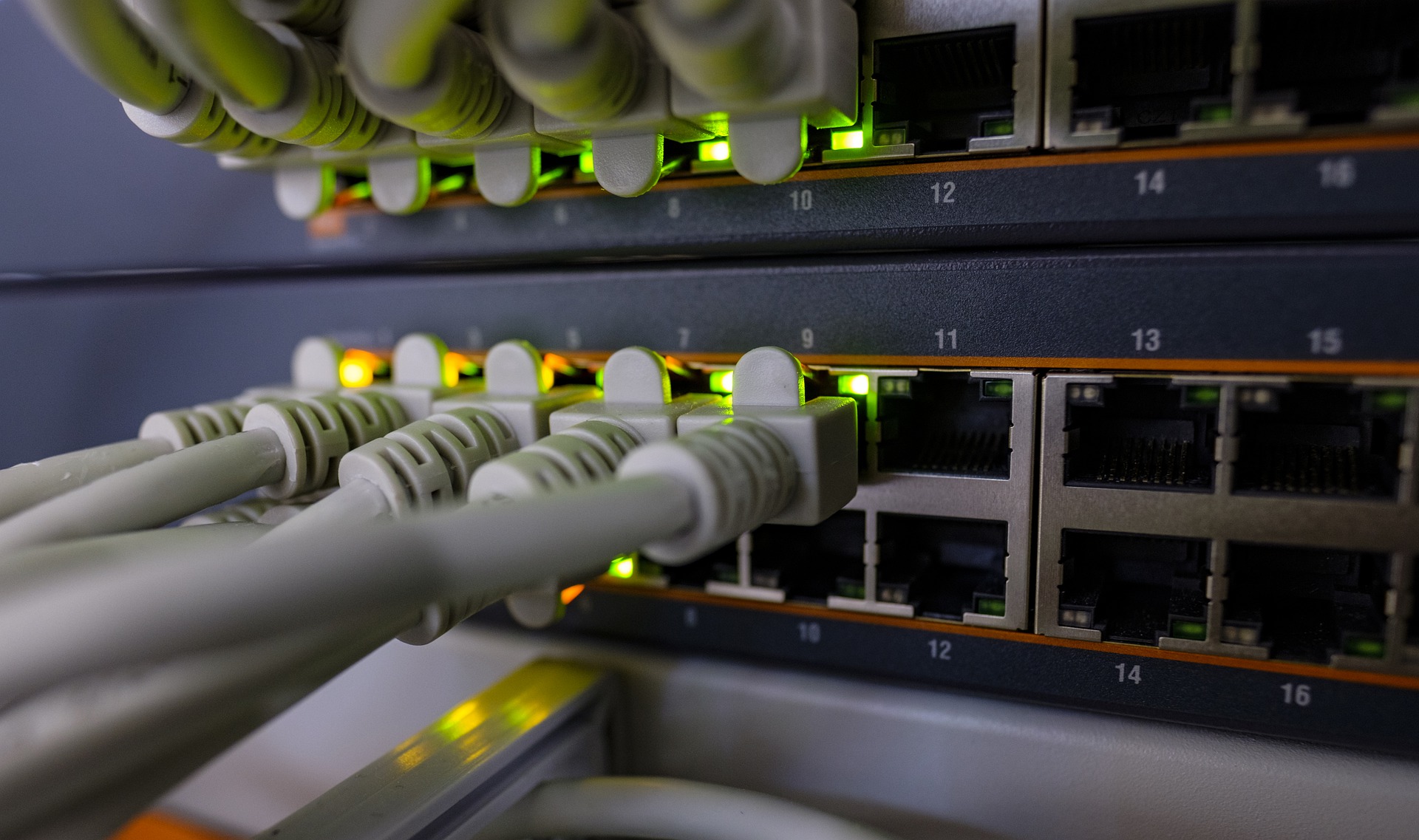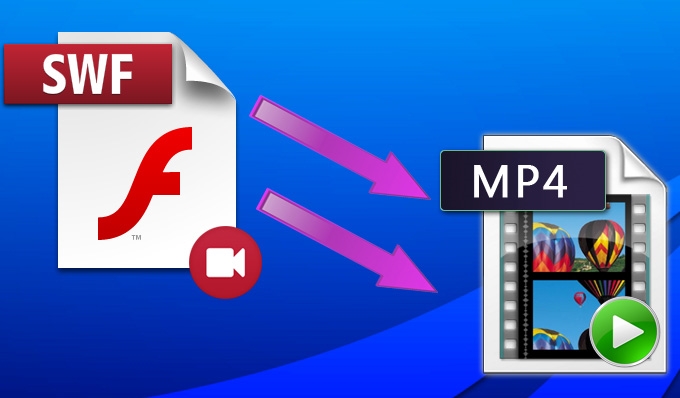7 Tricks to Increase Your Email Productivity

Possibly the greatest challenge the email service of today poses is the abundance of spam messages. The situation is getting worse by the minute, and there are no surprises there. Namely, email campaigns are the most widespread marketing strategy used by businesses today. Although many rely on discounts and promotions to reach their inbox, there are still numerous unnecessary messages. Spam filters seem to be increasingly inefficient; many add-ons and apps have made their grand appearance to deal with the matter.
This obvious (and rather pressing) issue aside, there’s no denying that email remains one of the primary means of communication — with a zest. Arguably, instant messengers and social platforms cover the function to an extent. However, taking only business communication into consideration, email remains of paramount importance. Therefore (and for other reasons beside), increasing email productivity should be on everyone’s mind. Luckily, there is a multitude of tips and tricks to address the issue, most of which are widely accessible.
Table of Contents
Notifications Are a No Go
Did you know that a single email interruption delays the task at hand by an average of 23 minutes and 15 seconds? The figure takes into account the overall concentration loss and the time spent on checking and replying to the email.
That is the first (but by no means the only) reason why email notifications are not such a good idea, at least not during a busy working day. For one thing, social media notifications can be persistent throughout the day, unless you have adopted a different approach to keeping informed about important ones.
By turning off email notifications both on the mobile and the computer, you can easily avoid interruptions and opt for a safer option: checking new messages during a designated time (see below). If an important email is due to arrive, opt for an auto-responder and come to it at a later time.
Check Your Inbox at a Pre-Set Schedule
The practice of checking your inbox at a predefined schedule is like a diet or an exercise plan. No, seriously! Observe it as your new lifestyle, and soon it will become a habit. No excuses (“I’ll cheat just today”) whatsoever!
There are no actual guidelines to the practice, but there is some shared experience. I.e., busy people usually allot two time slots during the day for checking their inbox — one in the morning and the other — in the evening. In that way, all new messages received during the night are dealt with in the morning, and those arriving during the day, in the evening.
Limit the Time Spent Attending to New Messages
Discipline is the key to success. This holds no less true for of obsessively checking new emails through the day than for regular workout. Perhaps the comparison is somewhat exaggerated, but the point is clear. By now, you should already know that turning off notifications and checking new messages at a pre-set schedule are the two things that will help you rationalize your average busy day. To that end, add a time limit to the time slots designated for checking out new messages.
Make it reasonable! No one knows better than you how many new emails you receive per day, on average, so don’t allocate 10 minutes if you tend to receive business emails on a daily basis. Some reasonable span is up to one hour (two hours for two time slots should be more than enough!).
If you are expecting an important email, set up an auto-responder and address the email at a convenient moment later in the day.
Make Responses as Short as Possible
If you tend to receive a lot of emails with similar content, creating templates will help you maximize the time spent on replying to them. Even if that is not the case, still some small tricks will help you with personalized responses. I.e., you can create multiple signatures (friends, family, business partners…). Also, make your replies are to the point — by including key information at the beginning (this holds especially true in the case of long threads).
Make Those Subject Lines Concise
Similar to the previous step, make sure to rewrite subject lines when forwarding messages. The same rule should apply when writing new emails. The more info you can include in the subject line, the better. You know what we mean! Spamming people is a huge no-no, but making certain that the recipient will know what your message is about at a glance will save them tons of time (just like it does you).
Set up Email Rules and Use Auto-Responses
Most email clients allow for setting up email rules that will simplify your life. Literally! Some common examples include automatic moving, flagging and responding to emails. Again, there is no general rule when it comes to that. Configure the rules in a way that will best suit your emailing needs.
Don’t Stress Over Urgent Emails
Urgent emails often cannot wait. When they cannot be handled with the help of auto-responses, opt for a program/app that will deal with them efficiently. They can be set up to recognize keywords that suggest they are urgent.
These are but common tricks; others may well come to mind. Every person’s emailing habits are different, and no one knows them better than themselves. Still, these simple tricks will surely set you on the right track. Expand from there for a maximum efficiency.




